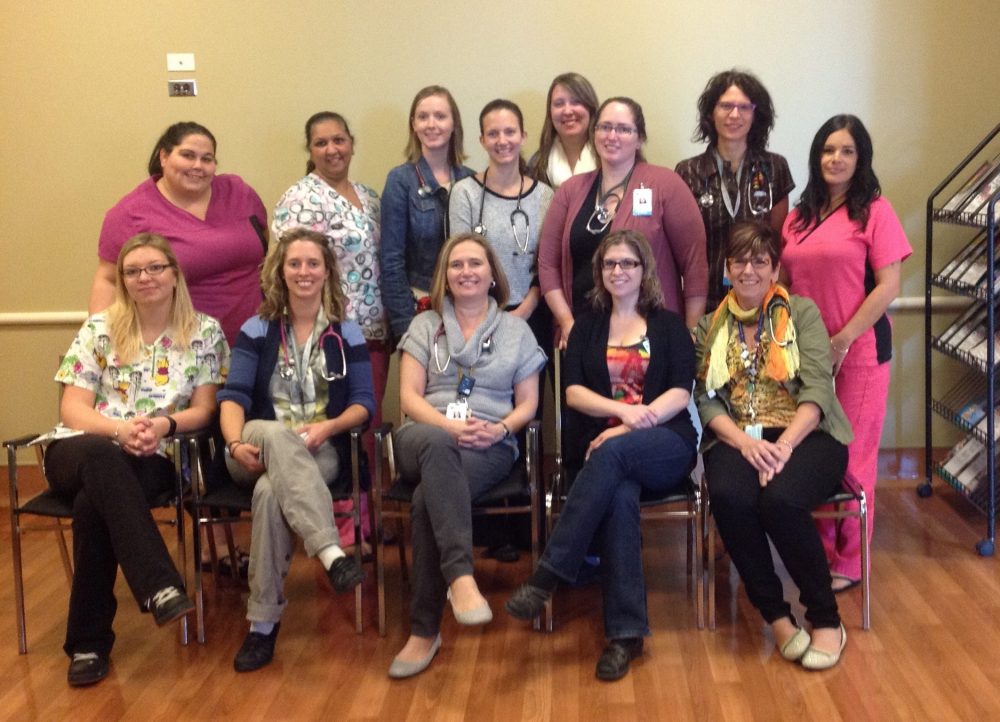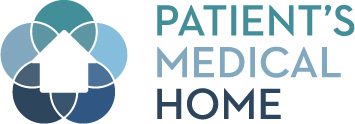A Patient’s Medical Home in Action

April Frego, RN, CDE, and Lisa Bonds, CCPA, are passionate health professionals separated only by where they are in their respective career paths. Frego has been a primary care nurse since 1976 and has spent the majority of her working career in the residency training program with the University of Manitoba. Bonds graduated from the University of Manitoba’s Master of Physician Assistant Studies program in 2013. She also holds a Bachelor of Science with a major in psychology.
Frego has many years of experience working with patients of all ages and with health care providers to ensure that clinical care is provided in a patient-centred and cost-effective manner. She has consistently focused on improving patient care by diligently spending time with patients in areas like education, guidance, and counselling. Frequent referrals from physicians from the wider Winnipeg area for provision of community health resources like supportive counselling, health promotion through lifestyle behaviour change, enhanced chronic disease management such as insulin starts for patients with diabetes, and training in skills to enhance patient self-care led Frego to transition to a more focused patient-centred model.
For the past couple of years, both Frego and Bonds have been working with the Winnipeg Regional Health Authority in a private fee-for-service clinic. The clinic has seven physicians and a physician assistant as well as a range of support staff, and defines itself according to the principles of the Patient’s Medical Home. The clinic, which is aligned with the Interprofessional Team Demonstration Initiative, launched in January 2015. “Manitoba Health in partnership with the regional health authorities wishes to support fee-for-service practices to enhance access to primary care for Manitobans through the introduction of interprofessional collaborative teams.” The initiative aims to provide access to care and continuity of care, and improve quality and safety, thereby increasing efficiency within the practice (the right person seeing the right patient), reducing workload, and increasing job satisfaction for all. Part of Bonds’s role in the clinic is to increase access for urgent concerns by seeing patients the same day of initial contact if possible.
She also does some in-patient work assisting the physicians in the clinic who admit to family medicine at the local community hospital. All of the clinic’s physicians admit their own patients to the hospital, so the team is often able to care for the patients throughout the whole admission, hospital stay, and discharge process, providing the continuity of care that is central to the Patient’s Medical Home. The team uses an EMR (electronic medical record) to assist with documentation of day-to-day visits, the importing of test results, and communication for all providers. Bonds and Frego each see an average of ten patients per day. This care delivery model means that patients have access to more health care providers with complementary strengths and perspectives, from the front desk staff that ensures timely access to the right health care provider, to the interprofessional team who work together understanding the goal is patient-centred care.
This new model of interprofessional care at the Winnipeg clinic has been a rewarding and exciting experience for both Bonds and Frego. Feedback from patients and physicians regarding the delivery of safe, quality care has been overwhelmingly positive. What they enjoy most of all is working in a friendly, team-based, non-hierarchical environment that simply puts patients first! In other words: a Patient’s Medical Home—a model benefitting patients and appealing to health professionals at different ends of their own career journeys.
http://www.wrha.mb.ca/Professionals/familyphysicians/files/EOI_Phase4.pdf

